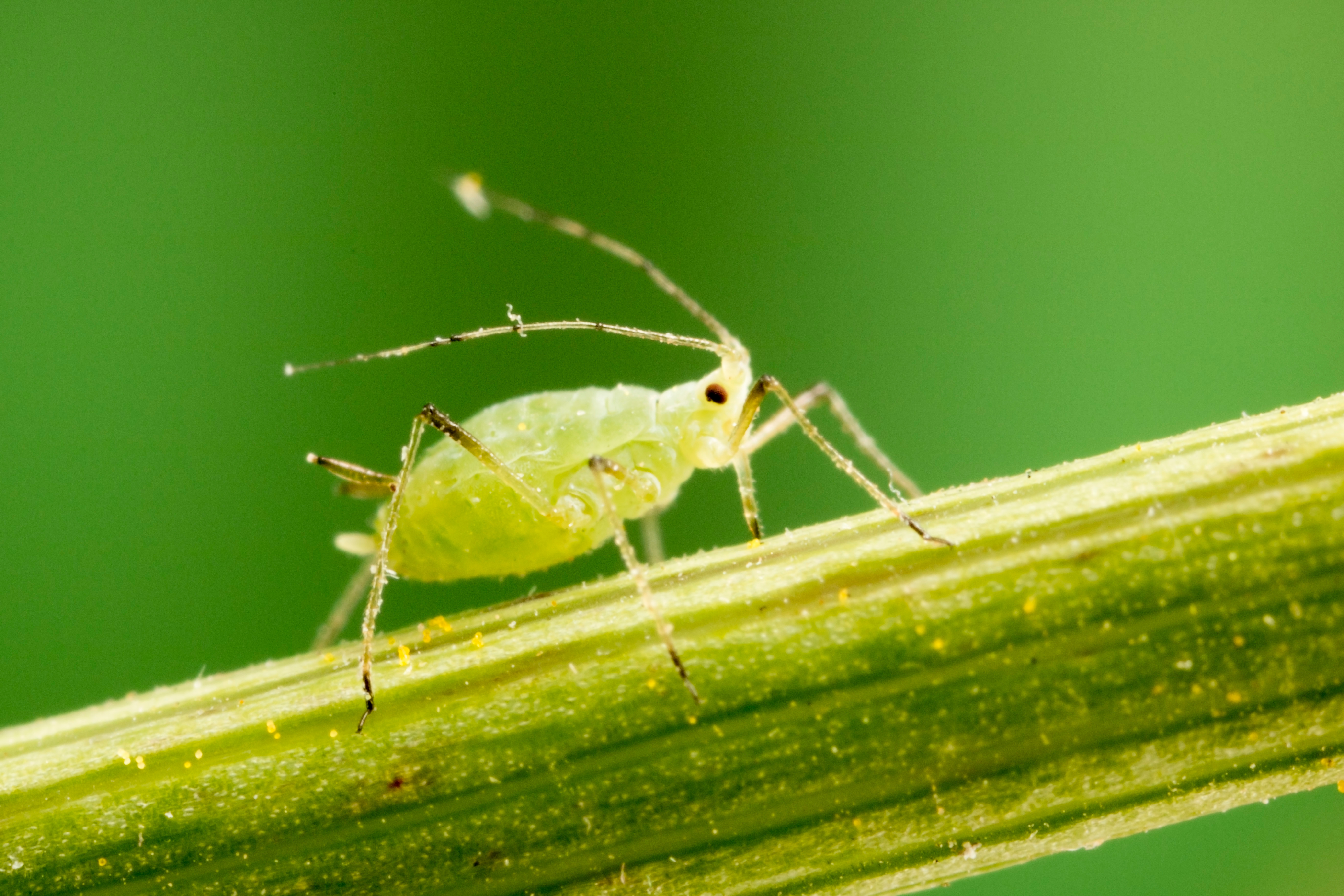Why Classification as Group 4C Makes Isoclast™ Active Unique

Isoclast™ active (sulfoxaflor) is the only member of a new class of insecticides, sulfoximines. This classification was determined by the Insecticide Resistance Action Committee (IRAC), an organization that has been classifying insecticides for almost 40 years. IRAC works to prevent or delay the development of resistance in insect pests.
IRAC classifies the active ingredients in insecticides based on their mode of action (MOA). Using insecticides with different modes of action is part of an effective Insect Resistance Management (IRM) strategy. When farmers rotate products with different MOAs, it’s harder for insects to develop resistance to any one insecticide. This helps keep insecticides useful for a longer period of time and helps farmers maintain control over damaging pests. Today, IRAC recognizes over 30 classes of insecticides, with room to grow the list as new insecticides that work in novel ways are developed. Isoclast is listed by IRAC by its common name, sulfoxaflor, and has been classified into Group 4.
Group 4 ingredients work on a specific nervous system receptor in insects. Within Group 4, IRAC has established six sub-groups, labeled A-F. Sulfoxaflor has been placed into subgroup C because it is metabolized differently in insects than other active ingredients in Group 4. This extremely important difference makes it harder for insect species to adapt to an insecticide and develop resistance.
While IRAC classification is focused on preventing the development of resistance, the same unique chemical characteristics that put Isoclast into Group 4C also lend it other advantages in the field. Isoclast has a narrower spectrum against insects versus other insecticides in Group 4, giving it a favorable profile for pollinators and beneficial predatory insects. Its chemical profile also enables Isoclast to break down more quickly in the environment.
The IRAC Group 4C designation helps guide farmers with fitting Isoclast into their pest control strategies and rotating it with insecticides in other classes, to help reduce both resistance risks and environmental impact.
You can learn more about the IRAC classification system at https://irac-online.org/mode-of-action/.
 Because of the unique way it is metabolized by insects, sulfoxaflor—the common name for Isoclast—is the only member of insecticide Group 4C, as determined by the Insecticide Resistance Action Committee (IRAC).
Because of the unique way it is metabolized by insects, sulfoxaflor—the common name for Isoclast—is the only member of insecticide Group 4C, as determined by the Insecticide Resistance Action Committee (IRAC).
Learn more about Isoclast active